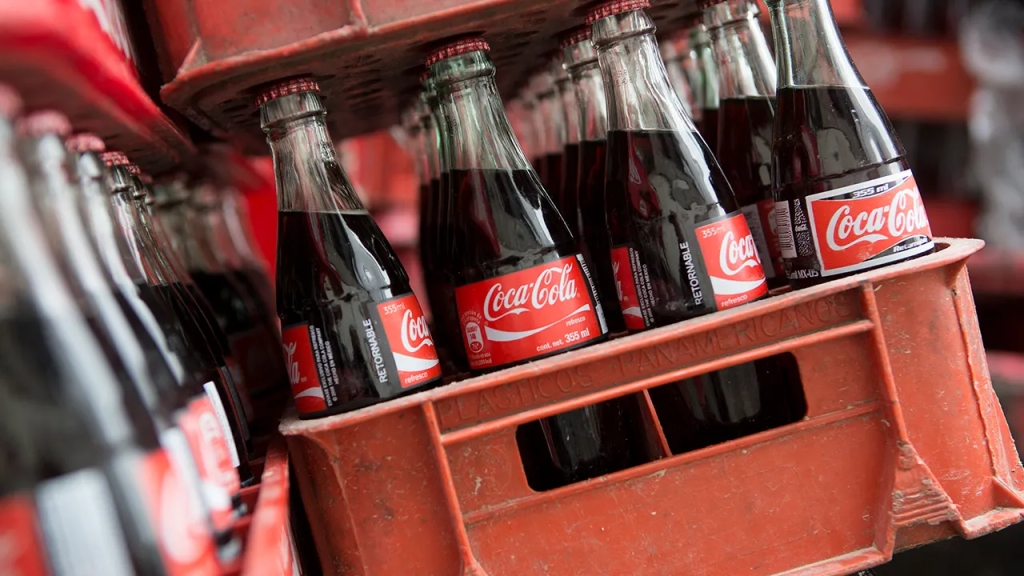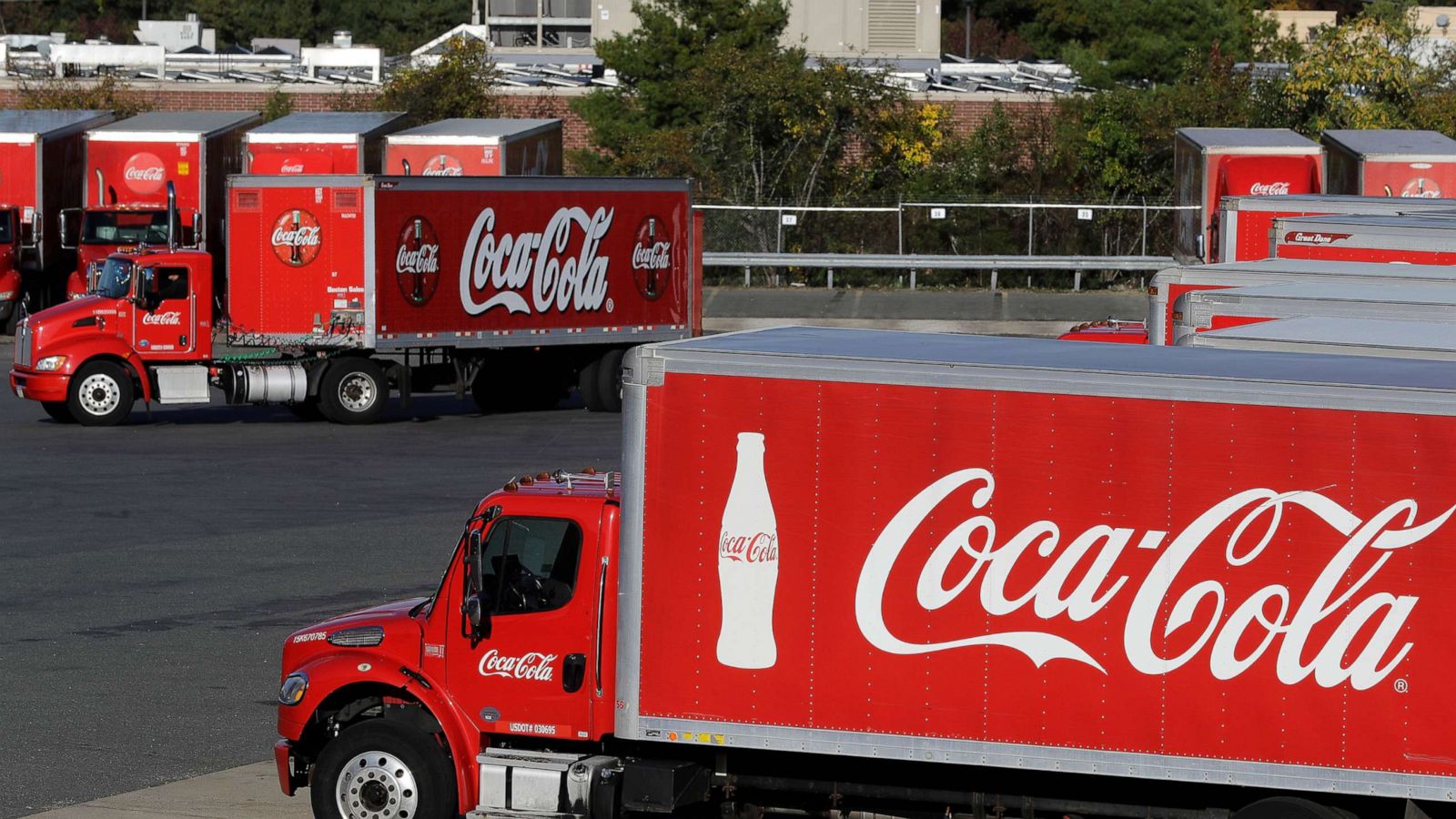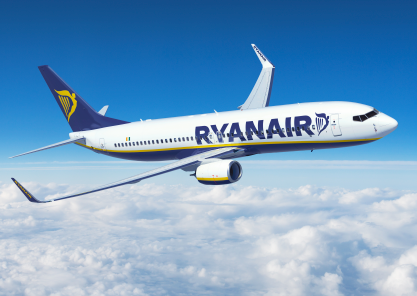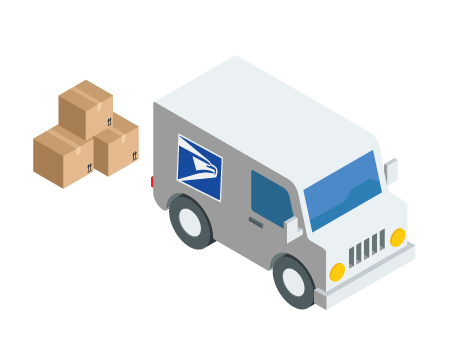In the logistics industry, training plays a crucial role in optimizing operations and delivering exceptional service. With the advent of virtual reality (VR) and augmented reality (AR), logistics companies now have powerful tools to revolutionize their training processes.
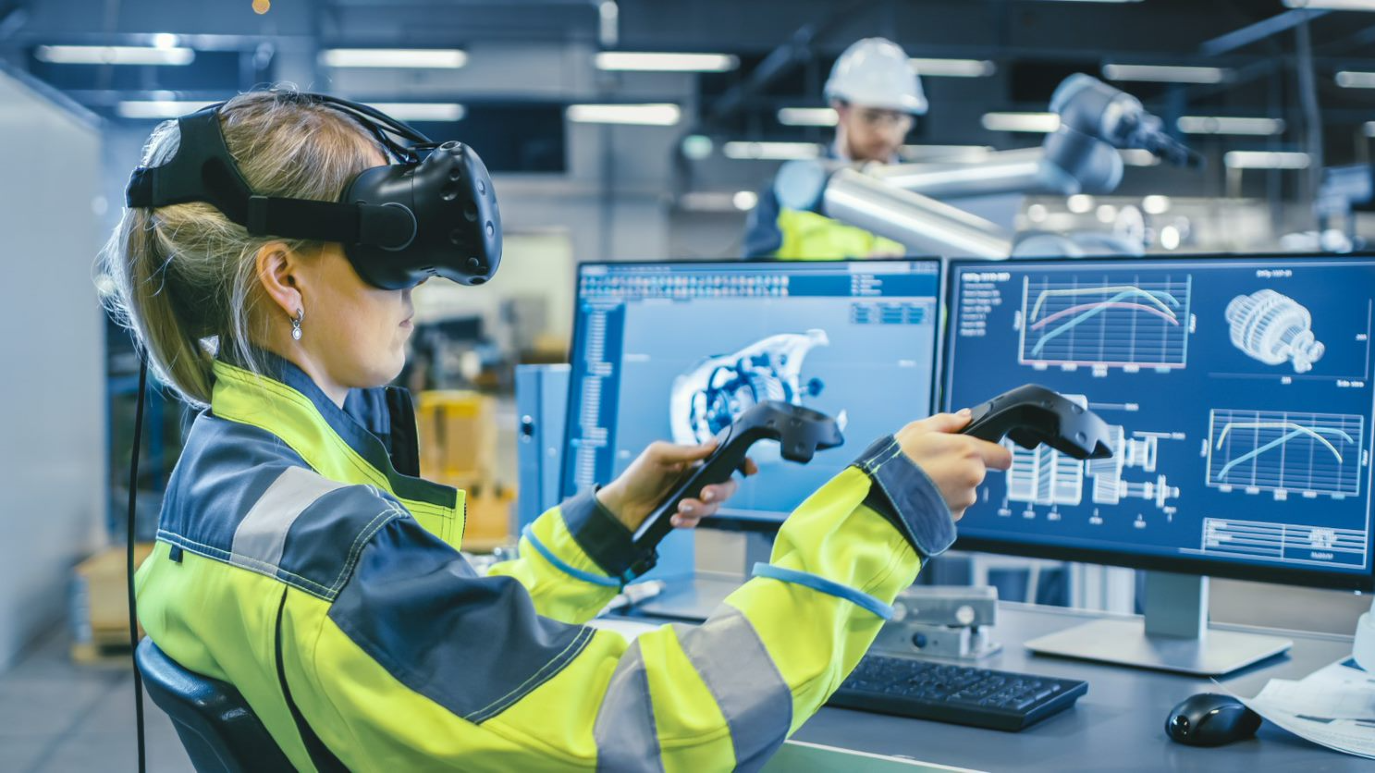
VR and AR technologies enable logistics companies to create highly realistic and immersive learning environments. Through VR simulations, trainees can virtually experience various logistics scenarios, practicing skills and making decisions in a safe and controlled setting. AR overlays digital information in the real world, providing real-time guidance and visual cues during training activities.
By utilizing VR and AR, logistics companies can effectively develop and refine critical skills among their workforces. VR-based training allows employees to practice complex tasks without the need for physical equipment, while AR-based training provides instant access to relevant information and reduces errors. These technologies bridge the gap between theory and practice, equipping employees with the necessary skills and knowledge.
Moreover, VR and AR offer cost and time efficiency advantages. Companies can conduct training remotely, reducing travel, accommodation, and facility setup expenses. Logistics companies can save resources by optimizing training processes while ensuring their workforce is equipped to meet industry demands. Embracing VR and AR in logistics training is a testament to the power of innovation in driving excellence and success in the evolving logistics sector.
